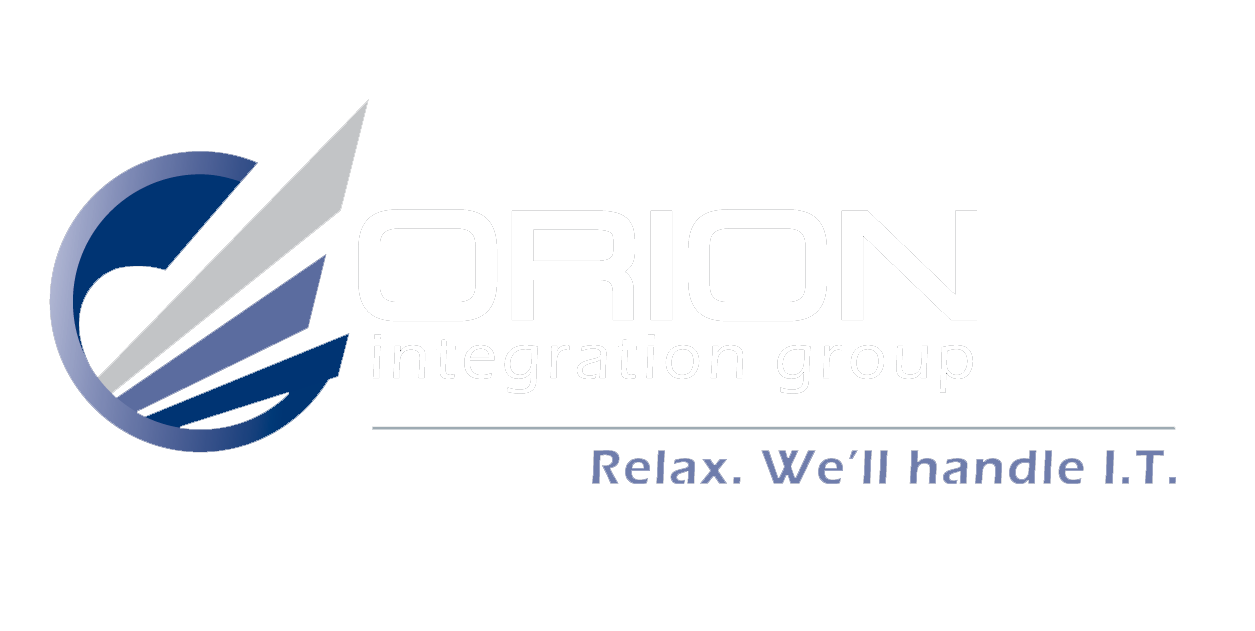How Cloud Services Enhance Business Continuity and Disaster Recovery
In today’s digital-first world, interruptions aren’t just inconvenient, they’re costly. Whether it's due to cyberattacks, natural disasters, or system failures, businesses must be prepared for the unexpected. That’s where business continuity planning and disaster recovery come in. More specifically, that’s where cloud services prove their worth.
What Is Business Continuity and Disaster Recovery (BC/DR)?
Business continuity is a proactive strategy that ensures your critical operations can continue during and after a disruption. Disaster recovery, on the other hand, is a reactive process - how quickly and effectively you can restore IT systems and data after an incident.
Together, BC/DR is your safety net. Without it, a single data breach or server failure can halt productivity, hurt customer trust, and suffer massive financial losses.
How Cloud Services Power BC/DR Strategies
Cloud services have fundamentally changed the way organizations approach BC/DR. Here’s how:
Data Redundancy and Offsite Backups
One of the key benefits of cloud disaster recovery is built-in data redundancy. Cloud providers automatically store your data across multiple geographically dispersed data centers. This means that if one server or location goes down, your data is still accessible from another.
Unlike traditional backups that may sit vulnerable on-site, cloud-based offsite backups ensure your critical data is always protected, even if your physical office isn’t. Learn more about the importance of cloud backups in your data recovery strategy.
Faster, More Flexible Disaster Recovery
With cloud computing for businesses, downtime can shrink from days to mere hours or minutes. Why? Because cloud platforms can replicate entire systems - including applications, files, and settings - at the push of a button.
Whether it’s spinning up virtual servers or restoring databases, cloud disaster recovery helps you get back online fast, often with just an internet connection.
Scalability and Cost Savings
Traditional disaster recovery requires duplicate hardware, constant maintenance, and space, making it expensive and difficult to scale. In contrast, cloud services operate on a pay-as-you-go model. You get enterprise-grade resilience without the overhead of managing physical infrastructure.
Cloud solutions scale with your business, whether you’re a small startup or a growing enterprise.
Cloud vs. Traditional Disaster Recovery: A Quick Comparison
Traditional DR:
- Setup Cost: High (hardware, software, labor)
- Maintenance: Ongoing manual effort
- Scalability: Limited by hardware
- Recovery Time: Hours to days
- Accessibility: On-site or VPN required
Cloud-Based DR:
- Setup Cost: Lower (pay-as-you-go)
- Maintenance: Managed by provider
- Scalability: Instantly scalable
- Recovery Time: Minutes to hours
- Accessibility: Anywhere with internet
Best Practices for Cloud-Based BC/DR
Implementing a cloud-based business continuity plan doesn’t have to be complicated. Here are a few best practices:
- Assess Critical Systems: Identify the systems and data most crucial to your operations.
- Choose the Right Provider: Look for a provider with strong security credentials and proven uptime.
- Automate Backups: Schedule regular, automatic backups to eliminate human error.
- Test Regularly: Simulate disasters to ensure your recovery processes work under pressure.
- Train Your Team: Ensure employees know how to access systems and data in the event of a disruption.
Conclusion
Disasters are unpredictable, but your response doesn’t have to be. By leveraging cloud services, businesses can implement robust business continuity planning and disaster recovery strategies that are faster, more secure, and more cost-effective than ever before.
At Orion Integration Group, we specialize in helping organizations navigate the cloud with confidence. Whether you're migrating for the first time or upgrading your current solution, our team is here to ensure your business stays resilient, no matter what comes your way.
Ready to protect your business with the power of the cloud? Contact us today to learn how our cloud solutions can safeguard your operations.




